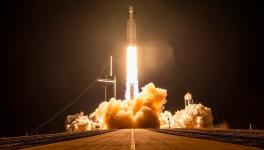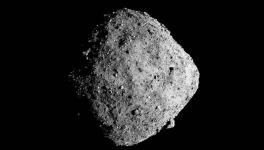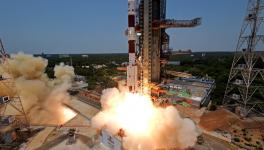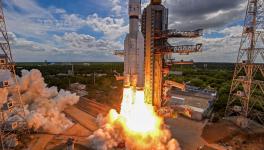Voyager Images Keep Scientists Confused
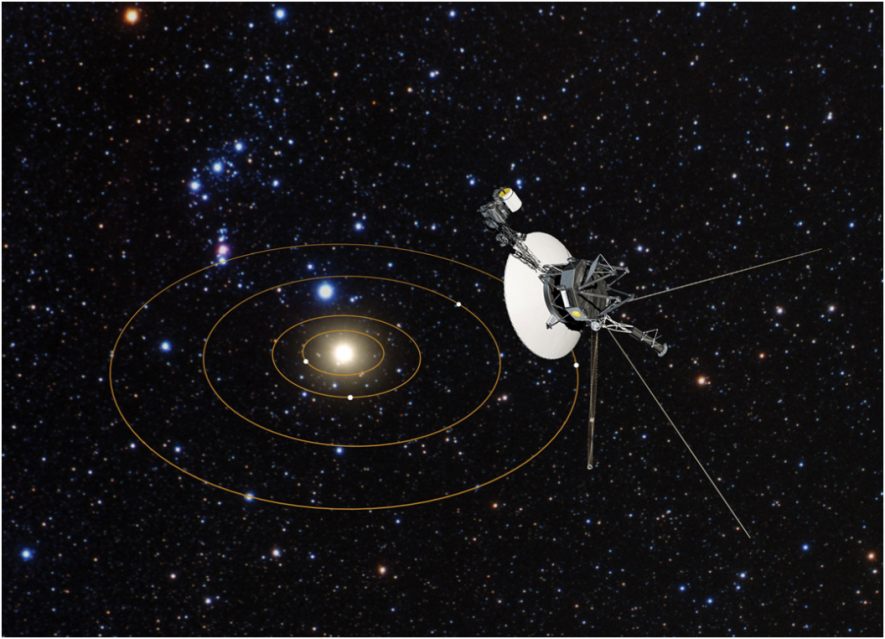
Voyager 1 is the spacecraft launched by NASA (National Aeronautics and Space Administration) on September 5, 1977. With these 45 years in space, Voyager 1 has become the most distant spacecraft humanity has ever launched. NASA set out the mission to explore the outer planets of the solar system.
However, to the delight of astronomers, the spacecraft has gone far than what it was aimed for and has entered interstellar space, traversing past Pluto in 2012. For all this time, the Voyager has been in space; it is continuously sending information about its journey to the scientists.
Voyager currently is at a distance of 14.5 billion miles (23.3 billion kilometres) away from Earth and seems to operate properly. However, recently, the scientists on the mission noticed that the spacecraft seemed to be confused about its location in space, and it had not sounded an alarm or has gone to safe mode. Commenting on this, Suzanne Dodd, who is the project manager for Voyager 1 at the Jet Propulsion Laboratory of NASA, said—“A mystery like this is sort of expected for the course at this stage of the Voyager mission. Both the spacecrafts are almost 45 years old, which is far beyond what the mission planners anticipated. We're also in interstellar space — a high-radiation environment that no spacecraft have flown in before.”
NASA's scientists have detected the glitch with the spacecraft's attitude articulation and control system (AACS). The readouts from the AACS is not reflecting what is happening onboard. Otherwise, the interstellar explorer functions normally, receiving and executing commands from Earth and gathering and returning scientific information. A NASA statement said recently.
The AACS performs the duty of controlling Voyager's orientation and keeping the high gain antenna of the spacecraft pointed towards the Earth. This makes the probe able to send data to the ground on Earth. The latest signals suggest that AACS is still functioning normally, but the telemetry data it is sending appears invalid. This means that the data had been generated randomly or did not reflect the actual state of the AACS.
However, NASA's statement did not say anything about when the problem started or how long it lasted. The engineers and scientists of the mission are relentlessly trying to fix the issue, NASA said in the statement. However, an important concern is a time a signal takes to reach the probe or to reach Earth. This time is 20 hours and 33 minutes, which means that it takes two days to send a message to Voyager and get a reply back.
"There are some big challenges for the engineering team. But I think if there’s a way to solve this issue with the AACS, our team will find it”—Suzanne Dodd commented.
Dodd's statement is also indicative of the fact that the team may never find the source of the anomaly, and in that situation, they are bound to adapt to it. Discovering the source of the anomaly will lead the team to solve it through either software up-gradation or by using redundant hardware of the spacecraft.
Notably, as NASA said, this is not the first-time Voyager has relied on backup hardware. In 2017, Voyager 1 showed the symptoms of hardware degradation, which was solved via backup hardware.
Get the latest reports & analysis with people's perspective on Protests, movements & deep analytical videos, discussions of the current affairs in your Telegram app. Subscribe to NewsClick's Telegram channel & get Real-Time updates on stories, as they get published on our website.









